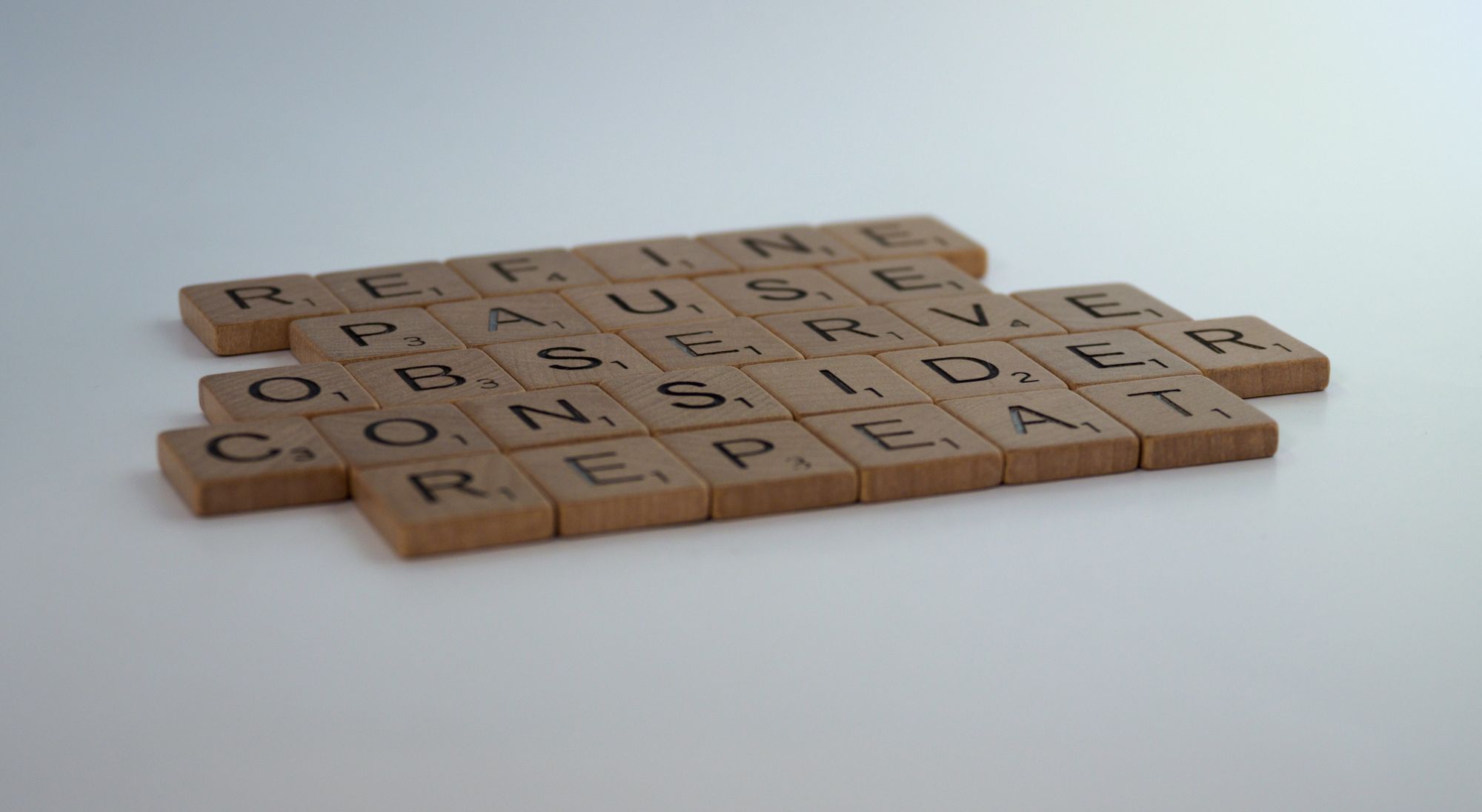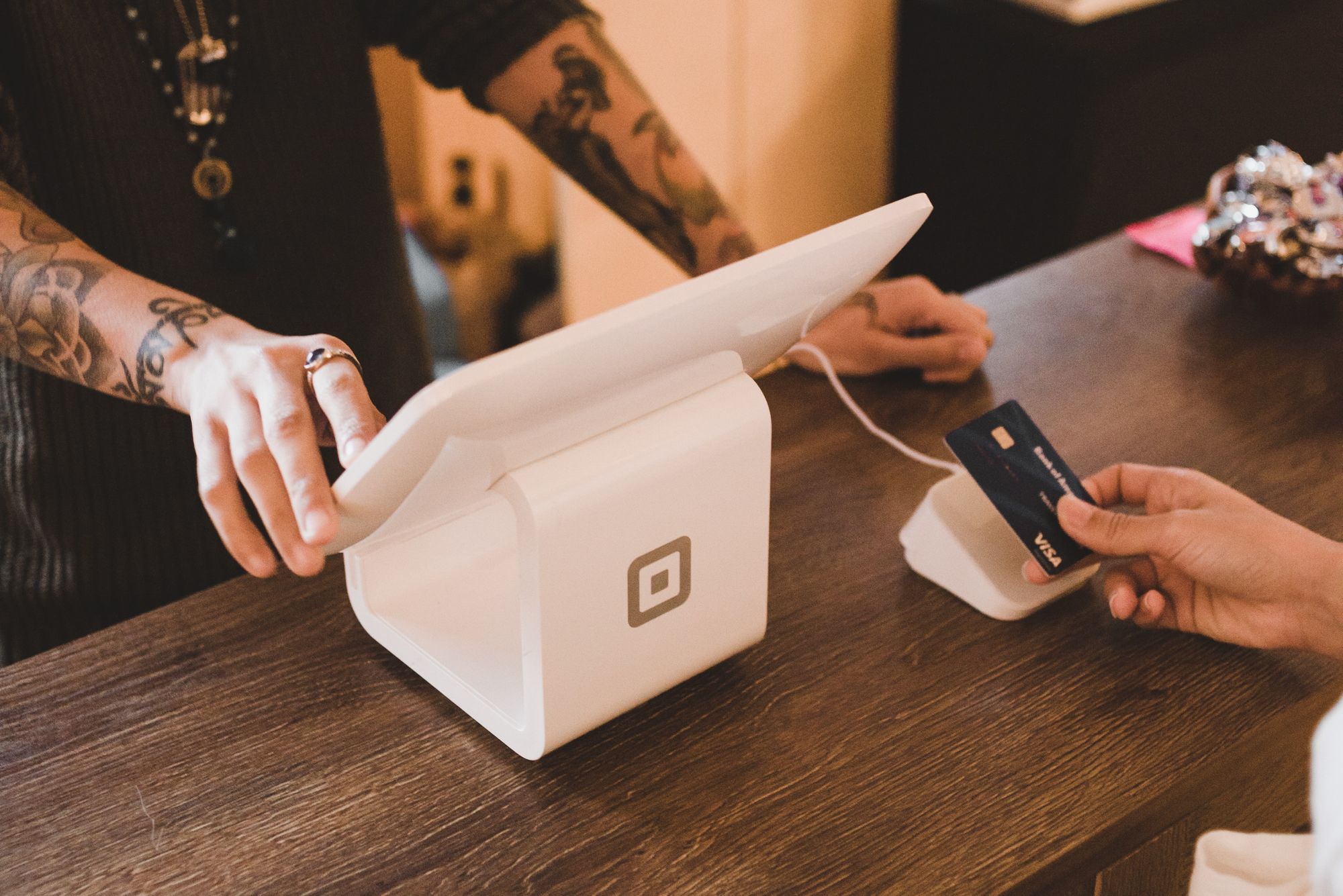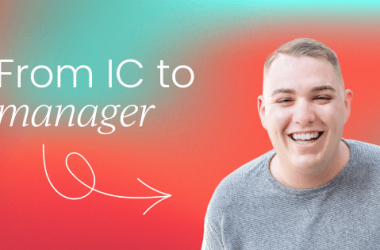Do you ever walk into a store, aimlessly fill up the cart, and spend your hard-earned cash without a second thought?
Sure, we may be susceptible to the odd impulse buy, but we’d be inclined to suggest you fall into the same category as many consumers – focusing on what it is you’re buying, why you need the product, and how the product will add value to your life.
Before arriving at the point when they pop their products through the register, a buyer goes through a decision-making process that you as a product marketer must also understand.
This decision-making process works in tandem with consumer behavior, but what is consumer behavior, and more importantly, why is it applicable to businesses, as well as the consumer?
In this guide, we focus on:
- The importance of consumer behavior.
- What is the consumer buying process?
- Problem recognition.
- The search process.
- Considering alternatives.
- The selection stage.
- Post-purchase evaluation.
The importance of consumer buying behavior

Consumer behavior provides an understanding of the people buying your product, whether they’re individuals, groups of consumers, or organizations.
These behavioral trends provide invaluable insights into the process a buyer(s) goes through when they’ve decided to invest in your product or service, as well as how they use and consume your offering to fulfill their needs and requirements.
The consumer buying process helps companies with the likes of:
- Consumer differentiation
- Customer retention
- Design and implementation of effective marketing
- Predicting market trends
- Competitor intel
- Innovate new products – successfully
- Enhance customer service
- Remain relevant
What is the consumer buying process?

Otherwise referred to as the consumer decision-making process, and buyer funnel, to name a few, the consumer buying process refers to the stages a customer goes through, throughout their customer journey.
There are five steps in the consumer buying process, and the complexity and time taken to pass through each stage is unique for each customer.
For example, a consumer buying a new car may decide to test drive a model several times, compare and contrast different brands, read reviews, and conduct thorough research before making a purchase, or deciding to look at an alternative.
On the other hand, another person may devote their loyalties to a particular manufacturer, and be willing to invest after taking it for a spin. Point being, the fluidity of the consumer buying process hinges on the personal preferences of the consumer – sometimes it’s straightforward, and sometimes it’s convoluted.
So, what are the stages, what role do they play, and what influence does a product marketer have at each respective point?
The consumer buying process unboxed
Problem recognition

Problem recognition is the first in the quintet of phases and is often considered the most important point of the consumer buying process.
After all, how can a consumer be expected to invest in a solution to a conundrum they’re yet to identify?
When our vision’s impaired, we buy new glasses, if we can’t sleep in our stuffy bedroom in the summertime, then we buy a fan, and when you’re sick to death of plugging the vacuum cleaner, you invest in a cordless alternative.
The common theme: Consumers buy products to solve a problem.
Whether your company’s making flat-screen TVs, state-of-the-art coffee machines, or mobile phones with “the most impressive, sophisticated megapixel camera,” as a product marketer, you need to step into the mind of your prospective customer and position your product as the go-to option on the market that’ll solve their worries just like that. *clicks fingers*
To drive potential customers through the buyer’s journey, you need to research their purchasing habits and buyer behaviors and use your findings to craft messaging and communication that’ll resonate with respective personas.
There are also a ton of marketing automation tools to give consumers the support they need at every stage of their customer journey, with plenty of PMA-approved resources available in the PMA tech stack.
You may not think marketing automation is your cup of tea, but with research revealing humans have a shorter attention span than a goldfish (no, we’re not kidding), we strongly suggest using these tools to enhance your customer onboarding experience and support your customers through the recognition phase and beyond.
The search process

During this pre-purchase stage, the consumer conducts multiple searches: online and offline, as well as internally and externally, intending to collect information on the products or services identified at the preceding problem recognition point. This might involve anything from exploring a multitude of online reviews to seeking advice via word of mouth (WOM).
Unsurprisingly, much of the consumer research is completed online, so businesses need to ensure they invest time, effort, and resources in their SEO (search engine optimization) to enhance their online exposure and brand presence.
But consumers don’t only turn to the powers of the World Wide Web during the search process, with word of mouth regarded by many as the most powerful form of advertising. Previous experiences or testimonials from family and friends are often cited as a key factor behind a person being persuaded or dissuaded from choosing one brand, instead of another.
Considering alternatives
After visiting their chosen sources, your customers will now be at a stage where they’ll have earmarked a few options, before deciding where to invest.

Let’s use the classic running shoe comparison as a tried and tested example. In this instance, the customer may have checked out several shoe designs, taking into account factors such as cushioning, comfort, and the protection the shoe gives the foot.
And let’s not forget the price!
When a consumer is making their buying decision, they’ll always be looking for the best product they can get, at the best price. Evaluating alternatives allows the consumer to conclude which option would suit their needs and address their pain points before they make a final selection.
Selection stage

This is it – crunch time.
Having identified their problem, searched for available products, and compared and contrasted the options on the table, it’s time for the consumer to decide which product they’re going to buy.
All going well, this is the point your hard work pays dividends and you convert the lead into a customer. That said, it’s not always plain sailing, with multiple factors contributing to a consumer taking their custom elsewhere. This could be attributed to the likes of:
- Negative reviews
- Reluctance to invest
- Poor customer onboarding
- Company location
- Poor reputation
Post-purchase evaluation

The post-purchase evaluation is very much what it says on the tin: it’s the point when the customer considers how useful their new investment is, and whether or not it’s fulfilled the expectations they had during the pre-purchase phases.
If the product surpasses expectations, the buyer often takes on the role of an ambassador for the brand, in which case, they promote the product and serve as an influencer for prospective future customers.
Why is the consumer buying process important to understand?
As a product marketer, it’s critical to familiarize yourself with the 5 steps of the customer buying process. Each stage in the build-up to the consumer making a final purchasing decision is an opportunity to gain new customers, enhance their experience, and generate repeat business.
As a product marketer, understanding these stages inside and out is crucial for turning prospective customers into loyal brand ambassadors. Keeping these stages top of mind allows you to actively engage prospects throughout their journey, enhance their experience, and drive them to become devoted customers.
Understanding the consumer buying process is marketing gold – so use these steps wisely in connecting with customers and boosting your bottom line.
Always strive to hit the ground running; the quicker you are out of the blocks, the more chance you have of cranking up those all-important sales figures.
Want to learn more?
Wouldn’t it be awesome if we could line our customers up, throw on a pair of magic goggles, and read all of their minds? Imagine the insights you could collect to influence your entire product marketing strategy!
Well, we might not have magic but we do have a Consumer Psychology Certified course to help you… which is pretty much the same thing.
Led by Alex Chahin, VP of Marketing at Titan, you’ll learn how to tap into consumer psychology and reap the rewards of applying knowledge around behavioral economics to your product marketing strategies.
By the end of this course, you’ll:
✅ Have a definition of consumer psychology in marketing and how advertising affects consumer behavior.
✅ Better understand how to group pain and gain points.
✅ Understand how personal factors and individual differences affect people’s buying choices.
✅ Be able to identify what your customer’s default action is.
And much more…






